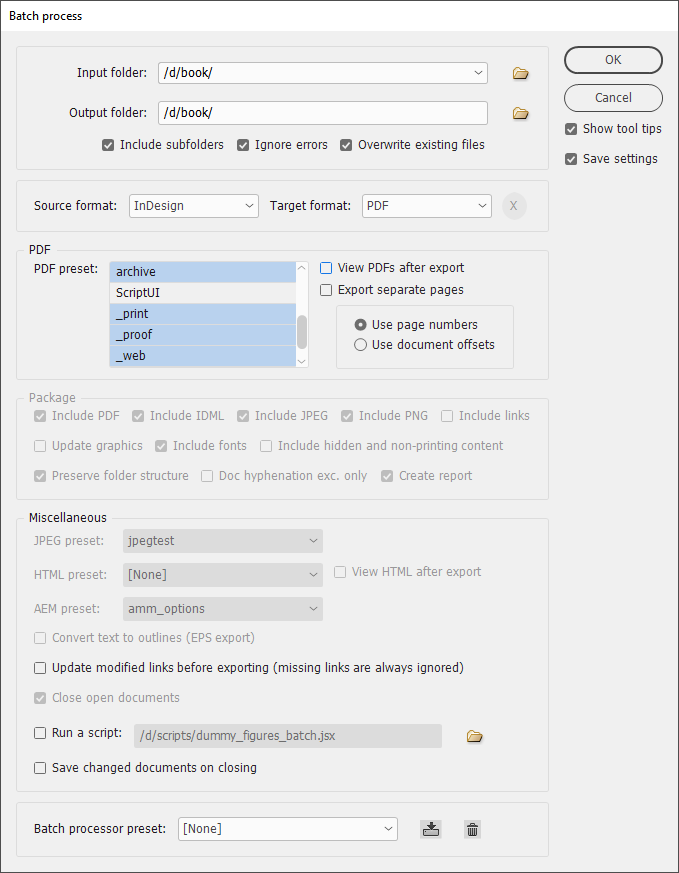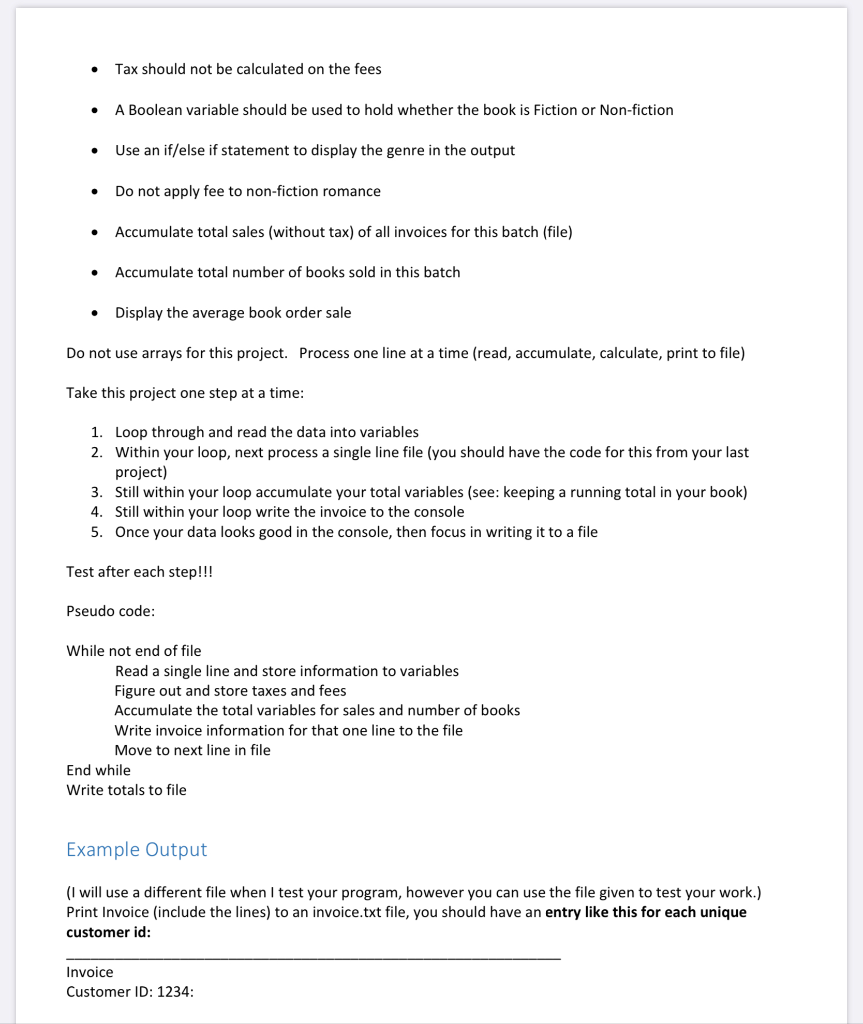- Batch Read Line From File Into Variable Data
- Batch Read Line From File Into Variable Time
- Batch Read Line From File Into Variable Size
- Batch Read Line From File Into Variable Speed
- Batch Read Line From File Into Variable Size
- Batch Read Line From File Into Variable Data
- Reading of files in a Batch Script is done via using the FOR loop command to go through each line which is defined in the file that needs to be read. Since there is a no direct command to read text from a file into a variable, the ‘for’ loop needs to be used to serve this purpose. Let’s look at an example on how this can be achieved.
- Aug 16, 2008 The FOR loop will read one line, assign data to variables, then you can process the variables. The FOR loop will then read the next line, and repeat the process. The variables will remain defined with the data from the last line of the config.txt after the batch file ends.
Nov 26, 2018 Parsing a string variable in a batch file for LAPS / ADU&C. Read lines from a file into command. Get the first line of a text file and set it to a variable in. Putting it into the Text.txt file. Bash Script Read Line From File Shell Script Read Line From File. Hello everyone, a friend of mine requested that I create a batch script for him that will transform a text file, full of names, into a series of folders with those same names. I know how to do this but I need help with the very first part. Reading from the text file. This is what I have so far for this fuction.
 -->
-->Runs a specified command for each file, within a set of files.

Syntax
Parameters
| Parameter | Description |
|---|---|
{%% | %}<variable> | Required. Represents a replaceable parameter. Use a single percent sign (%) to carry out the for command at the command prompt. Use double percent signs (%%) to carry out the for command within a batch file. Variables are case sensitive, and they must be represented with an alphabetical value such as %a, %b, or %c. |
(<set>) | Required. Specifies one or more files, directories, or text strings, or a range of values on which to run the command. The parentheses are required. |
<command> | Required. Specifies the command that you want to carry out on each file, directory, or text string, or on the range of values included in set. |
<commandlineoptions> | Specifies any command-line options that you want to use with the specified command. |
| /? | Displays help at the command prompt. |
Batch Read Line From File Into Variable Data
Remarks
You can use this command within a batch file or directly from the command prompt.
The following attributes apply to the for command:
This command replaces
% variableor%% variablewith each text string in the specified set until the specified command processes all of the files.Variable names are case sensitive, global, and no more than 52 can be active at a time.
To avoid confusion with the batch parameters,
%0through%9, you can use any character for variable except the numerals 0 through 9. For simple batch files, a single character such as%%fwill work.You can use multiple values for variable in complex batch files to distinguish different replaceable variables.
The set parameter can represent a single group of files or several groups of files. You can use wildcard characters (* and ?) to specify a file set. The following are valid file sets:
When you use this command, the first value in set replaces
% variableor%% variable, and then the specified command processes this value. This continues until all of the files (or groups of files) that correspond to the set value are processed.In and do aren't parameters, but you must use them with this command. If you omit either of these keywords, an error message appears.
If command extensions are enabled (that is the default), the following additional forms of for are supported:
Directories only: If set contains wildcard characters (* or ?), the specified command executes for each directory (instead of a set of files in a specified directory) that matches set. The syntax is:
Recursive: Walks the directory tree that is rooted at drive:path and executes the for statement in each directory of the tree. If no directory is specified after /r, the current directory is used as the root directory. If set is just a single period (.), it only enumerates the directory tree. The syntax is:
Iterating a range of values: Use an iterative variable to set the starting value (start#) and then step through a set range of values until the value exceeds the set ending value (end#). /l will execute the iterative by comparing start# with end#. If start# is less than end# the command will execute. When the iterative variable exceeds end#, the command shell exits the loop. You can also use a negative step# to step through a range in decreasing values. For example, (1,1,5) generates the sequence 1 2 3 4 5 and (5,-1,1) generates the sequence 5 4 3 2 1. The syntax is:
Iterating and file parsing: Use file parsing to process command output, strings, and file content. Use iterative variables to define the content or strings that you want to examine, and use the various parsingkeywords options to further modify the parsing. Use the parsingkeywords token option to specify which tokens should be passed as iterative variables. Note that when used without the token option, /f will only examine the first token.
File parsing consists of reading the output, string, or file content, and then breaking it into individual lines of text and parsing each line into zero or more tokens. The for loop is then called with the iterative variable value set to the token. By default, /f passes the first blank separated token from each line of each file. Blank lines are skipped.
The syntaxes are:
The set argument specifies one or more file names. Each file is opened, read, and processed before moving to the next file in set. To override the default parsing behavior, specify parsingkeywords. This is a quoted string that contains one or more keywords to specify different parsing options.
If you use the usebackq option, use one of the following syntaxes:
The following table lists the parsing keywords that you can use for parsingkeywords.
Keyword Description eol= <c>Specifies an end of line character (just one character). skip= <n>Specifies the number of lines to skip at the beginning of the file. delims= <xxx>Specifies a delimiter set. This replaces the default delimiter set of space and tab. tokens= <x,y,m–n>Specifies which tokens from each line are to be passed to the for loop for each iteration. As a result, additional variable names are allocated. m-n specifies a range, from the mth through the nth tokens. If the last character in the tokens= string is an asterisk (*), an additional variable is allocated, and it receives the remaining text on the line after the last token that is parsed. usebackq Specifies to run a back-quoted string as a command, use a single-quoted string as a literal string, or, for long file names that contain spaces, allow file names in <set>, to each be enclosed in double-quotation marks.Variable substitution: The following table lists optional syntax (for any variable I):
Variable with modifier Description %~IExpands %Iwhich removes any surrounding quotation marks.%~fIExpands %Ito a fully qualified path name.%~dIExpands %Ito a drive letter only.%~pIExpands %Ito a path only.%~nIExpands %Ito a file name only.%~xIExpands %Ito a file name extension only.%~sIExpands path to contain short names only. %~aIExpands %Ito the file attributes of file.%~tIExpands %Ito the date and time of file.%~zIExpands %Ito the size of the file.%~$PATH:ISearches the directories listed in the PATH environment variable and expands %Ito the fully qualified name of the first directory found. If the environment variable name is not defined or the file is not found by the search, this modifier expands to the empty string.The following table lists modifier combinations that you can use to get compound results.
Variable with combined modifiers Description %~dpIExpands %Ito a drive letter and path only.%~nxIExpands %Ito a file name and extension only.%~fsIExpands %Ito a full path name with short names only.%~dp$PATH:ISearches the directories that are listed in the PATH environment variable for %Iand expands to the drive letter and path of the first one found.%~ftzaIExpands %Ito an output line that is like dir.In the above examples, you can replace
%Iand PATH with other valid values. A valid for variable name ends the %~ syntax.By using uppercase variable names such as
%I, you can make your code more readable and avoid confusion with the modifiers, which are not case sensitive.
Parsing a string: You can use the
for /fparsing logic on an immediate string by wrapping<literalstring>in either: double quotes (without usebackq) or in single quotes (with usebackq) --for example, (MyString) or ('MyString').<literalstring>is treated as a single line of input from a file. When parsing<literalstring>in double-quotes, command symbols (such as,& | > < ^) are treated as ordinary characters.Parsing output: You can use the
for /fcommand to parse the output of a command by placing a back-quoted<command>between the parentheses. It is treated as a command line, which is passed to a child Cmd.exe. The output is captured into memory and parsed as if it is a file.
Batch Read Line From File Into Variable Time

Batch Read Line From File Into Variable Size
Examples
Batch Read Line From File Into Variable Speed
To use for in a batch file, use the following syntax:
To display the contents of all the files in the current directory that have the extension .doc or .txt by using the replaceable variable %f, type:
In the preceding example, each file that has the .doc or .txt extension in the current directory is substituted for the %f variable until the contents of every file are displayed. To use this command in a batch file, replace every occurrence of %f with %%f. Otherwise, the variable is ignored and an error message is displayed.
To parse a file, ignoring commented lines, type:

Batch Read Line From File Into Variable Size
This command parses each line in myfile.txt. It ignores lines that begin with a semicolon and passes the second and third token from each line to the for body (tokens are delimited by commas or spaces). The body of the for statement references %i to get the second token, %j to get the third token, and %k to get all of the remaining tokens. If the file names that you supply contain spaces, use quotation marks around the text (for example, File Name). To use quotation marks, you must use usebackq. Otherwise, the quotation marks are interpreted as defining a literal string to parse.
Batch Read Line From File Into Variable Data
%i is explicitly declared in the for statement. %j and %k are implicitly declared by using tokens=. You can use tokens= to specify up to 26 tokens, provided that it does not cause an attempt to declare a variable higher than the letter z or Z.
To parse the output of a command by placing set between the parentheses, type: